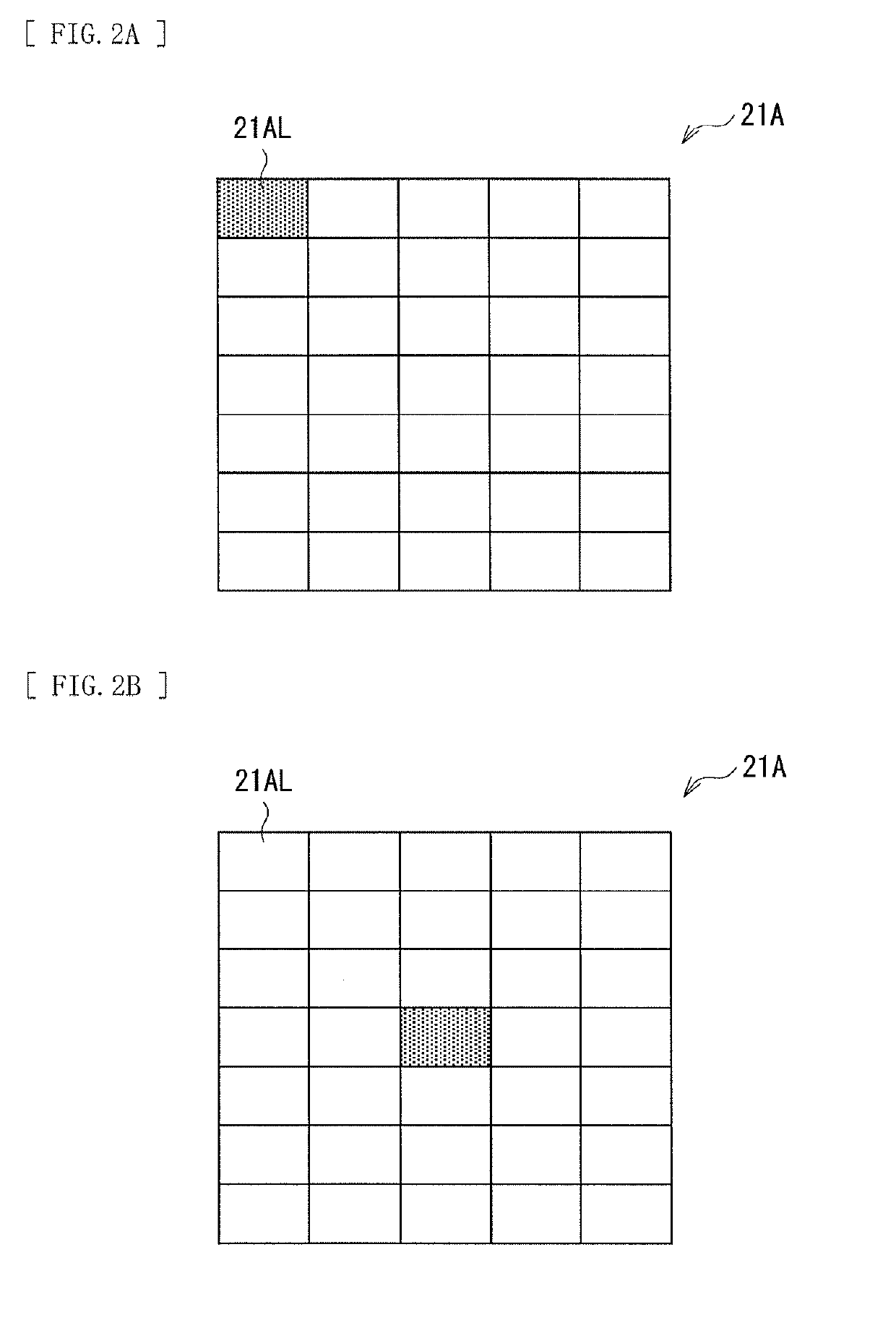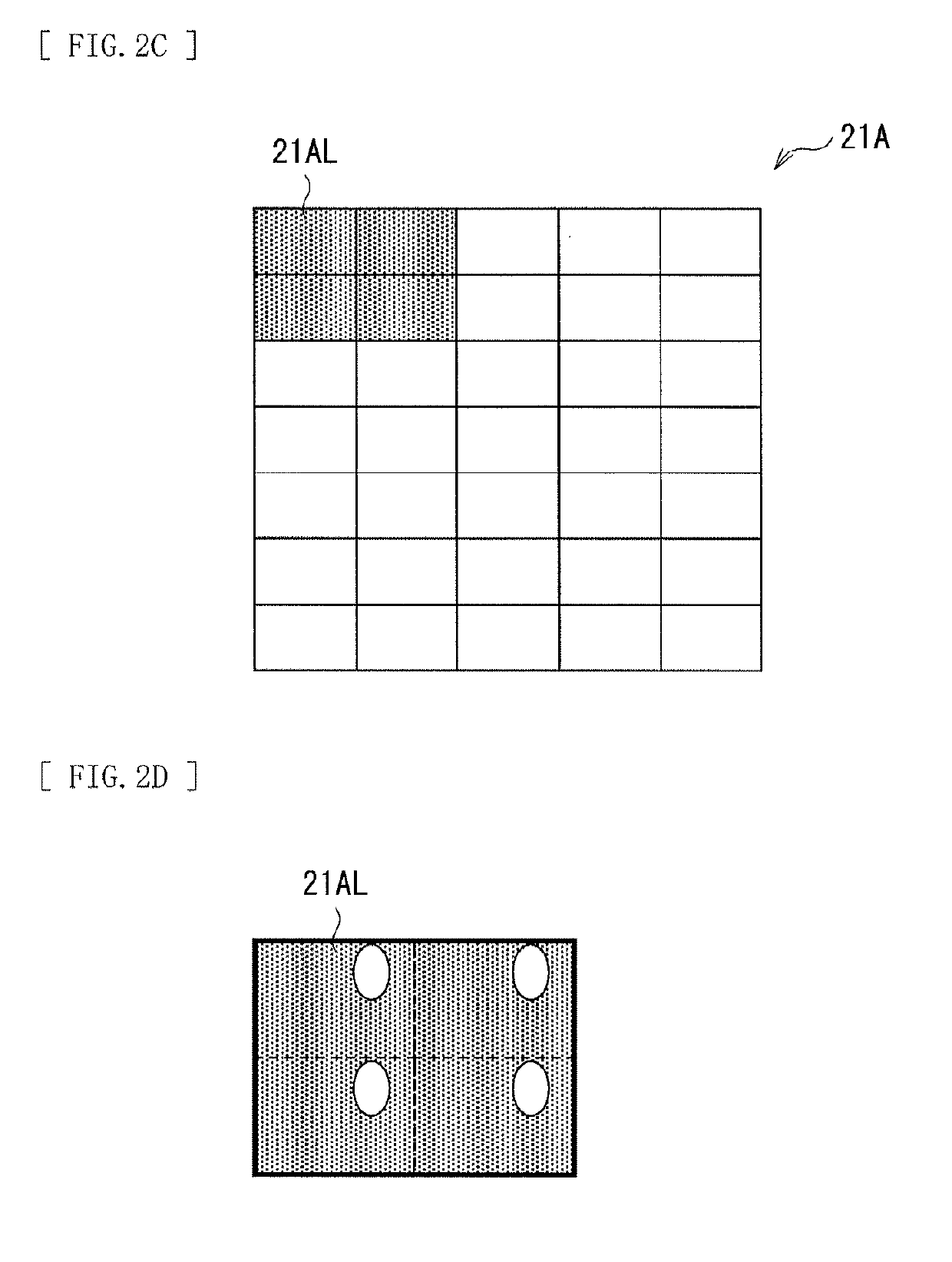Projection display unit
a technology of projection display and display unit, which is applied in the direction of picture reproducers, picture reproducers using projection devices, instruments, etc., can solve the problems of dynamic range and optical utilization efficiency degradation, and achieve the suppression of optical utilization efficiency deterioration, high dynamic range, and high dynamic range
- Summary
- Abstract
- Description
- Claims
- Application Information
AI Technical Summary
Benefits of technology
Problems solved by technology
Method used
Image
Examples
embodiment
(Configuration)
[0030]FIG. 1 is a schematic view of an overall configuration of a projection display unit (a projection display unit 1) according to an embodiment of the technology. The projection display unit 1 is, for example, a display unit that projects images on a screen. The projection display unit 1 is coupled to an external image supply apparatus including, for example, a computer such as a PC, or various image players, etc. through an IT (interface), and carries out image projection on a screen on the basis of image signals incoming into the I / F. It is to be noted that a configuration of the projection display unit 1 to be described below is illustrative only, and the projection display unit of the technology is not limited to such a configuration.
[0031]The projection display unit 1 includes an optical section 10, and a control section 30 that controls operation of the optical section 10. The optical section 10 includes a first light source 11 and a second light source 14, a...
modification example 1
[0054]FIG. 5 schematically illustrates an overall configuration of a projection display unit (a projection display unit 1A) according to a modification example 1. The projection display unit 1A has a first spatial light modulator 73 in place of the first spatial light modulator 13 in the above-described embodiment. The first spatial light modulator 73 carries out phase modulation. In this respect, the projection display unit 1A differs from the projection display unit 1.
[0055]The first spatial light modulator 73 includes, for example, a liquid crystal panel or a mirror device. The first spatial light modulator 73 performs the phase modulation for the HDR light LH1 that is emitted from the first light source 11 to pass through the first illumination optical system 12A. From the first spatial light modulator 73, phase-modulated diffracted light LH3 is outputted. As with the first spatial light modulator 13, the first spatial light modulator 73 is provided at an optical path between th...
modification example 2
[0058]FIG. 6 schematically illustrates a configuration of an optical section 10 of a projection display unit (a projection display unit 1B) according to a modification example 2. The projection display unit 1B has an integrator optical system 40 that includes a rod integrator 41 in place of the integrator optical system 20 in the above-described embodiment. In this respect, the projection display unit 1B differs from the projection display unit 1.
[0059]The integrator optical system 40 includes, for example, the rod integrator 41 and the fourth illumination optical system 22. For example, the rod integrator 41, the first lens 22A, and the second lens 22B are disposed in this order from the side that the light from the second illumination optical system 12B and the third illumination optical system 15 (the HDR light LH2 and the SDR light LS) enters. The rod integrator 41 includes, for example, a glass rod having a cylindrical shape or a prismatic shape such as a quadrangular prism. Wh...
PUM
 Login to View More
Login to View More Abstract
Description
Claims
Application Information
 Login to View More
Login to View More - R&D
- Intellectual Property
- Life Sciences
- Materials
- Tech Scout
- Unparalleled Data Quality
- Higher Quality Content
- 60% Fewer Hallucinations
Browse by: Latest US Patents, China's latest patents, Technical Efficacy Thesaurus, Application Domain, Technology Topic, Popular Technical Reports.
© 2025 PatSnap. All rights reserved.Legal|Privacy policy|Modern Slavery Act Transparency Statement|Sitemap|About US| Contact US: help@patsnap.com



